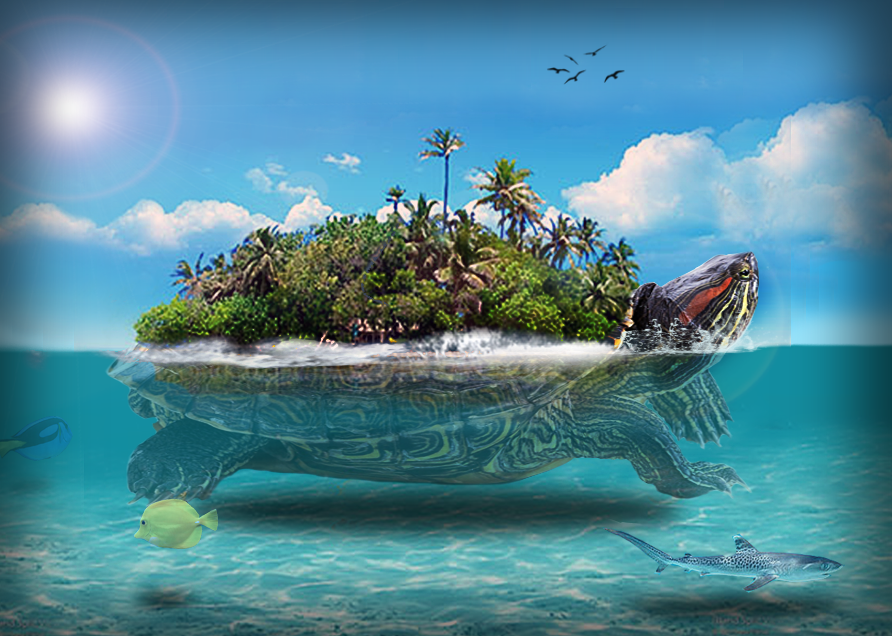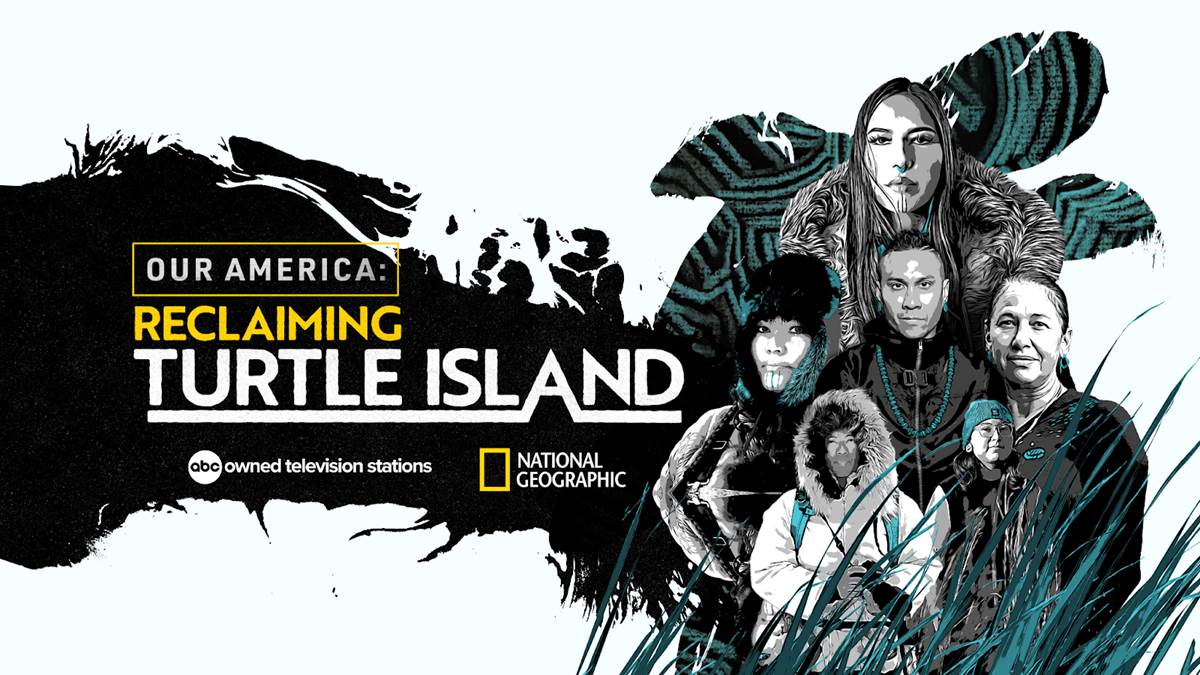
Animated Ancestors: Indigenous Storytellers Revitalize Turtle Island Myths Through the Power of Animation
In an era where digital screens dominate, a profound cultural renaissance is unfolding across Turtle Island, the Indigenous name for North America. Ancient myths, once confined to oral traditions and sacred ceremonies, are finding vibrant new life through the dynamic medium of animation. Indigenous animators are not merely entertaining; they are reclaiming narratives, preserving languages, educating new generations, and asserting cultural sovereignty in a visually stunning and deeply impactful way. This movement is a powerful act of decolonization, transforming how the world perceives Indigenous peoples and their rich, diverse spiritual heritage.
For centuries, Indigenous stories were often distorted, romanticized, or outright suppressed by colonial narratives. Hollywood and mainstream media frequently depicted Native Americans through harmful stereotypes, if at all. Now, with increasing access to technology and a growing demand for authentic representation, Indigenous artists are seizing the tools of animation to tell their own stories, in their own voices, with visual styles rooted in their own aesthetics.
Animation, with its boundless capacity for imagination, abstraction, and the depiction of the unseen, proves to be an ideal medium for bringing the fantastical and deeply spiritual elements of Turtle Island myths to life. Unlike live-action, animation can seamlessly blend the human world with the spirit world, portray shape-shifting tricksters like Raven or Nanabozho with fluid grace, and render the awe-inspiring landscapes and cosmic events of creation stories with breathtaking artistry. It offers a canvas where ancestral knowledge can be reinterpreted for contemporary audiences while maintaining its sacred core.
One of the most prominent figures leading this charge is Amanda Strong, a Michif (Métis) artist and filmmaker whose stop-motion animations are both visually arresting and politically potent. Her films, such as Four Faces of the Moon (2016) and Biidaaban (The Dawn Comes) (2018), weave together personal and ancestral memories, exploring themes of land, language, and the impact of colonization. Strong’s intricate puppets and detailed sets evoke a dreamlike quality, drawing viewers into a world where past and present, human and spirit, coexist. "My work is about bringing the past into the present, and using it as a tool for the future," Strong has stated, emphasizing her commitment to creating dialogue around Indigenous identity and environmental stewardship through her art. Four Faces of the Moon, for instance, delves into her family’s history, connecting her Métis, Anishinaabe, and Cree heritage to the land and the buffalo, demonstrating how deeply personal narratives are intertwined with broader cultural and historical contexts. Biidaaban, a visionary short film co-directed with Leanne Betasamosake Simpson, imagines a not-so-distant future where Indigenous languages have become the dominant mode of communication, presenting a powerful vision of linguistic and cultural resurgence.
Beyond individual artists, a collective spirit of innovation is flourishing. The National Film Board of Canada (NFB), while having a complex history with Indigenous filmmaking, has become a significant partner and incubator for Indigenous animation in recent decades. Programs like the NFB’s Hothouse apprenticeship have provided emerging Indigenous animators with training and resources, fostering a new generation of talent. Projects such as The Mountain of SGaana (2017) by Christopher Auchter (Haida) exemplify this collaboration. Auchter’s film beautifully adapts a traditional Haida myth about a young man’s journey into the spirit world, using a distinctive visual style inspired by traditional Haida art, from intricate formline designs to the expressive movements of carved masks. The film is not just an adaptation; it’s an homage, a re-animation of cultural forms for a new era.

The Indigenous Screen Office (ISO), established in Canada in 2017, plays a crucial role in funding and supporting Indigenous-led production across all screen formats, including animation. By providing dedicated resources and advocating for Indigenous creators, the ISO helps ensure that stories are told with authenticity and cultural integrity, often in Indigenous languages. This institutional support is vital in overcoming historical barriers to entry and fostering a sustainable Indigenous screen industry.
The diversity of Indigenous nations across Turtle Island – over 500 distinct nations in Canada and the U.S. alone, each with unique languages, customs, and mythologies – means an endless wellspring of stories to be told. Animators are drawing from this rich tapestry, exploring different visual aesthetics and storytelling approaches. Kevin Lee Burton (Swampy Cree), known for his experimental and often politically charged work, blends animation with live-action, creating visually striking pieces that challenge colonial perspectives and explore contemporary Indigenous identity within a mythical framework. His work often delves into the complexities of urban Indigenous life, using abstract animation to represent spiritual journeys and historical trauma.
Steven Paul Judd (Kiowa/Choctaw), a prolific artist and filmmaker, brings a distinct sense of humor and modern sensibility to his animated shorts. His work often subverts stereotypes, offering witty and insightful takes on Indigenous life and traditional stories, making them accessible and engaging for a broad audience. His ability to blend traditional elements with contemporary pop culture references makes his animations particularly resonant with younger generations.
The impact of these animated narratives extends far beyond entertainment. They serve as crucial educational tools, particularly for Indigenous youth. In a world increasingly dominated by digital media, animation provides a bridge to ancestral knowledge, making complex myths and moral lessons engaging and digestible. For many children, these animations are their first exposure to their own cultural heritage outside of family teachings, fostering a sense of pride and connection to their roots. Furthermore, many animated projects are produced in Indigenous languages, contributing significantly to language revitalization efforts – a critical component of cultural survival. Hearing traditional stories told in their original languages, accompanied by vibrant visuals, is an immersive and powerful learning experience that strengthens linguistic ties across generations.
The artistic choices made by Indigenous animators often reflect their deep connection to traditional art forms. The flowing lines of Haida formline art, the geometric patterns of Plains beadwork, the intricate weaving of West Coast baskets, and the stark beauty of pictographs and petroglyphs all find echoes in the animated designs. This visual synthesis creates a distinctive aesthetic that is both authentically Indigenous and globally appealing. It’s not just about what is depicted, but how it is depicted – the very style becomes a carrier of cultural meaning.
The universal themes embedded within Turtle Island myths – creation, destruction, resilience, the balance of nature, trickster figures, and the human connection to the land – resonate with audiences worldwide. Animators are tapping into this universal appeal, presenting stories that are culturally specific yet universally understood. They offer profound insights into humanity’s relationship with the natural world, community, and the spiritual realm, lessons that are more relevant than ever in our globalized and environmentally conscious age.
However, the journey is not without its challenges. Funding remains a constant hurdle, despite the support from organizations like the ISO. Building sustainable production infrastructure within Indigenous communities, training a new generation of animators, and ensuring fair compensation for creators are ongoing efforts. There’s also the delicate balance of interpreting sacred stories for a wider audience while maintaining their cultural integrity and respecting community protocols. Many animators work closely with Elders and knowledge keepers to ensure their adaptations are respectful and accurate.
Looking to the future, the landscape of Indigenous animation is bright and expanding. Festivals like ImagineNATIVE Film + Media Arts Festival in Toronto have become vital platforms for showcasing new Indigenous animation, connecting artists, and fostering critical dialogue. As more Indigenous youth pursue careers in animation and digital arts, the volume and diversity of animated stories from Turtle Island will undoubtedly grow.
In essence, Indigenous animators are doing more than just drawing pictures; they are weaving threads of ancient wisdom into the fabric of modern media. They are ensuring that the spirits of Raven, Nanabozho, Glooscap, and countless other mythical figures continue to guide, teach, and inspire. Through their artistry, they are not only revitalizing myths but also revitalizing cultures, reminding us all of the enduring power of storytelling and the profound legacy of Turtle Island. The animated ancestors are not just coming to life on screen; they are bringing a vibrant future to Indigenous communities and enriching the global tapestry of human narrative.


